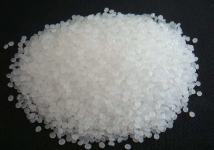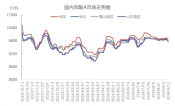read: 1171 time:2024-03-15 11:58:01 from:
Activated carbon and fluidized bed carbon are common adsorption materials, but they have some differences in properties and applications. Activated carbon is a porous adsorbent made from natural coal, wood, or plant residues through carbonization, activation, and other processes. Fluidized bed carbon, on the other hand, is a granular material with a porous structure and high adsorption capacity made through a series of physical and chemical reactions
There are differences in the preparation methods between activated carbon and fluidized bed carbon. Activated carbon is usually prepared through processes such as combustion, interference carbonization, gasification, or physical adsorption. Fluidized bed carbon is prepared through technologies such as waste carbonization, gas-phase adsorption, or fluidized bed drying
The two also differ in physical properties. Activated carbon has a large specific surface area, porous structure, and strong adsorption capacity, which can effectively remove organic matter, odorous substances, and heavy metal ions from water. The specific surface area of fluidized bed carbon is relatively small, and it has better water conductivity and stability
Furthermore, there are significant differences in the application fields between activated carbon and fluidized bed carbon. Activated carbon is widely used in water treatment, air purification, food processing and other fields, to remove residual chlorine, organic pollutants in water, as well as odors and harmful gases in the air. Fluidized bed carbon is mainly used for waste gas treatment, industrial catalysts, and energy storage
In summary, both activated carbon and fluidized bed carbon are important adsorbents, but there are significant differences in preparation methods, physical properties, and application fields. Understanding their differences can better select suitable adsorption materials and leverage their advantages in different fields.

Jincheng Petrochemical's 300000 ton polypropylene plant successfully trial production, 2024 polypropylene market analysis

The ABS market remains sluggish, what is the future direction?

Market differentiation of bisphenol A intensifies: prices rise in East China, while prices generally decline in other regions

The production method and process flow of silicone acrylic lotion, and what are the common raw materials